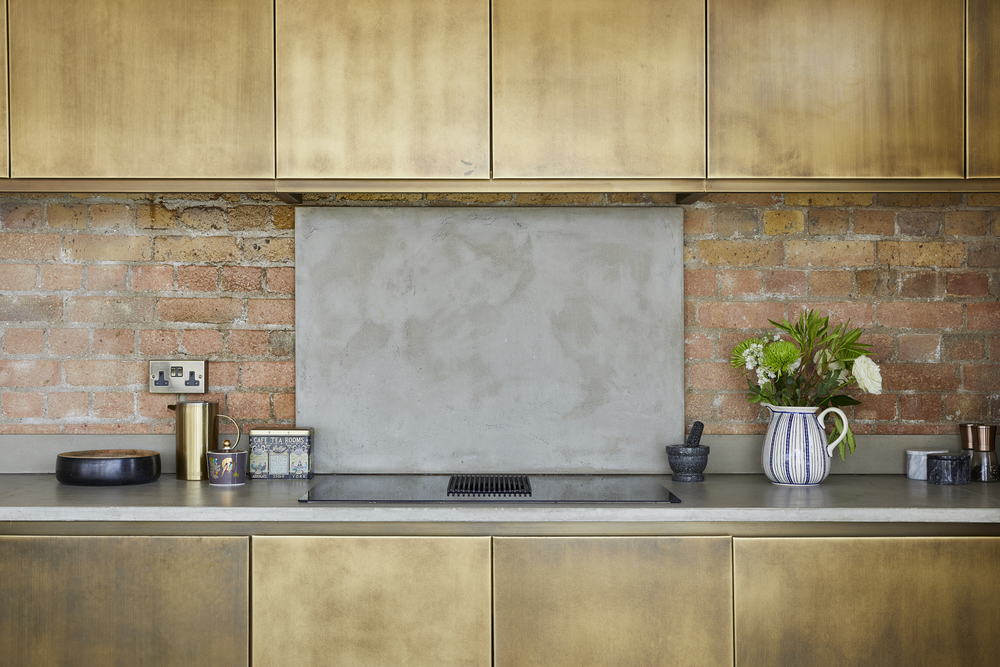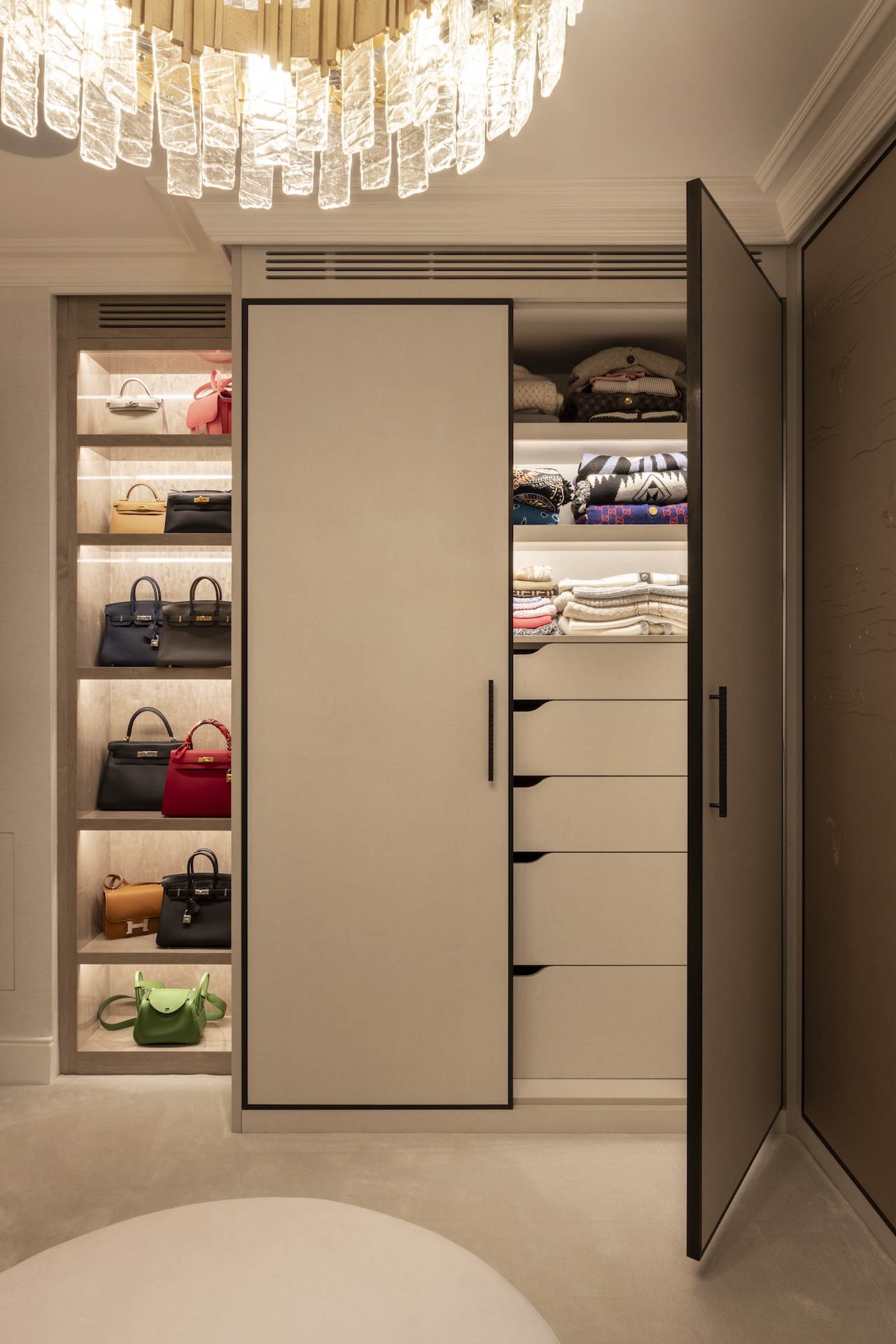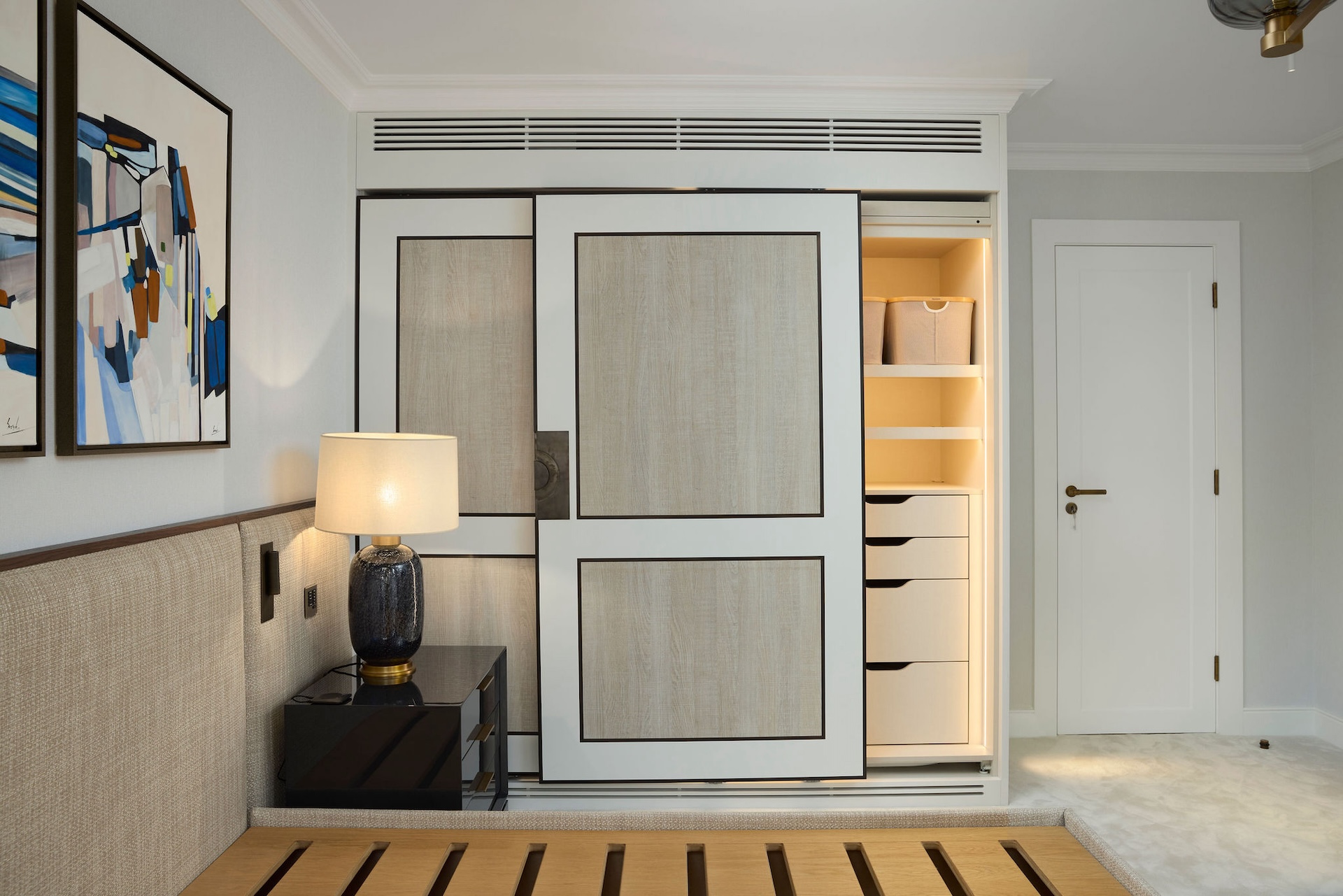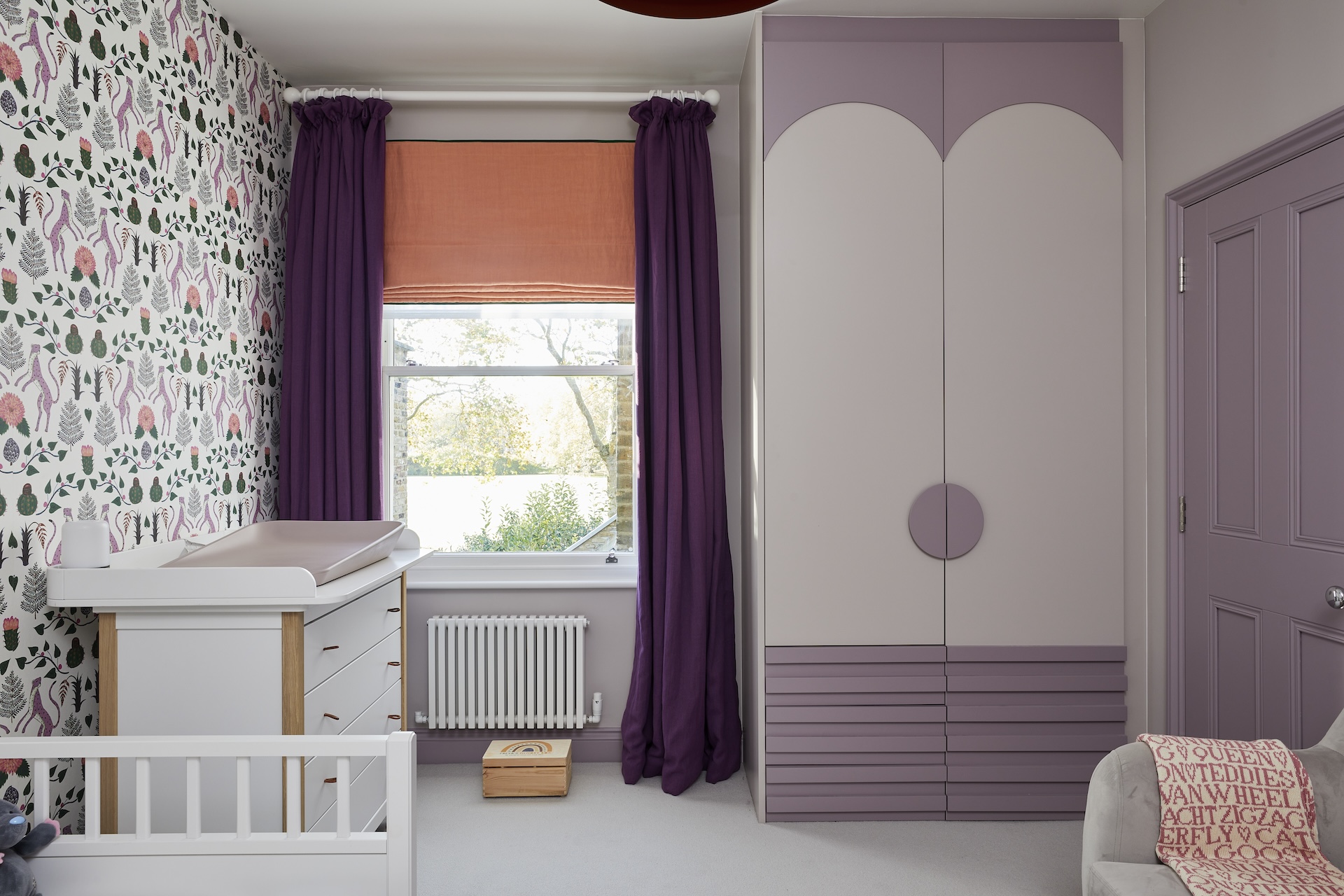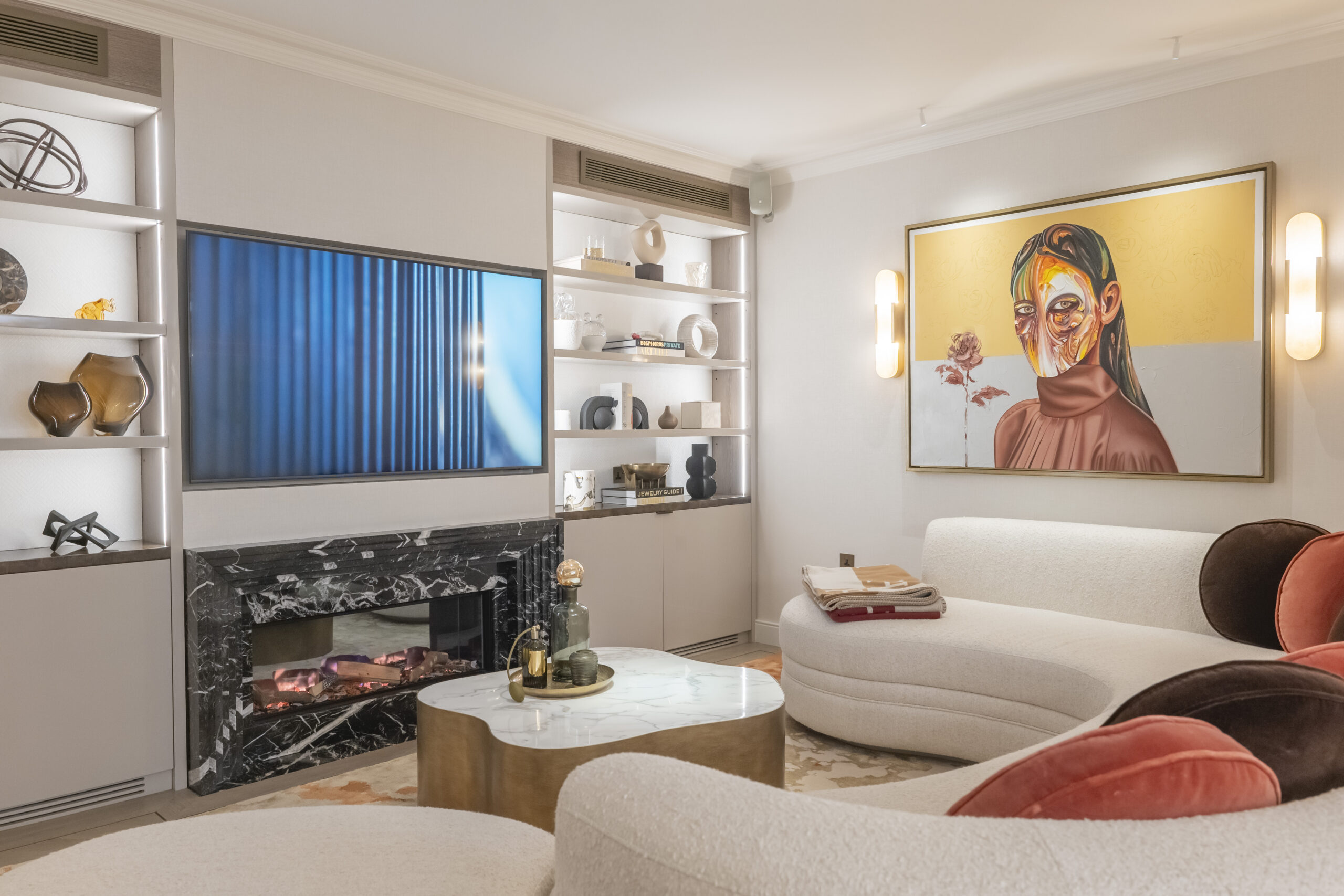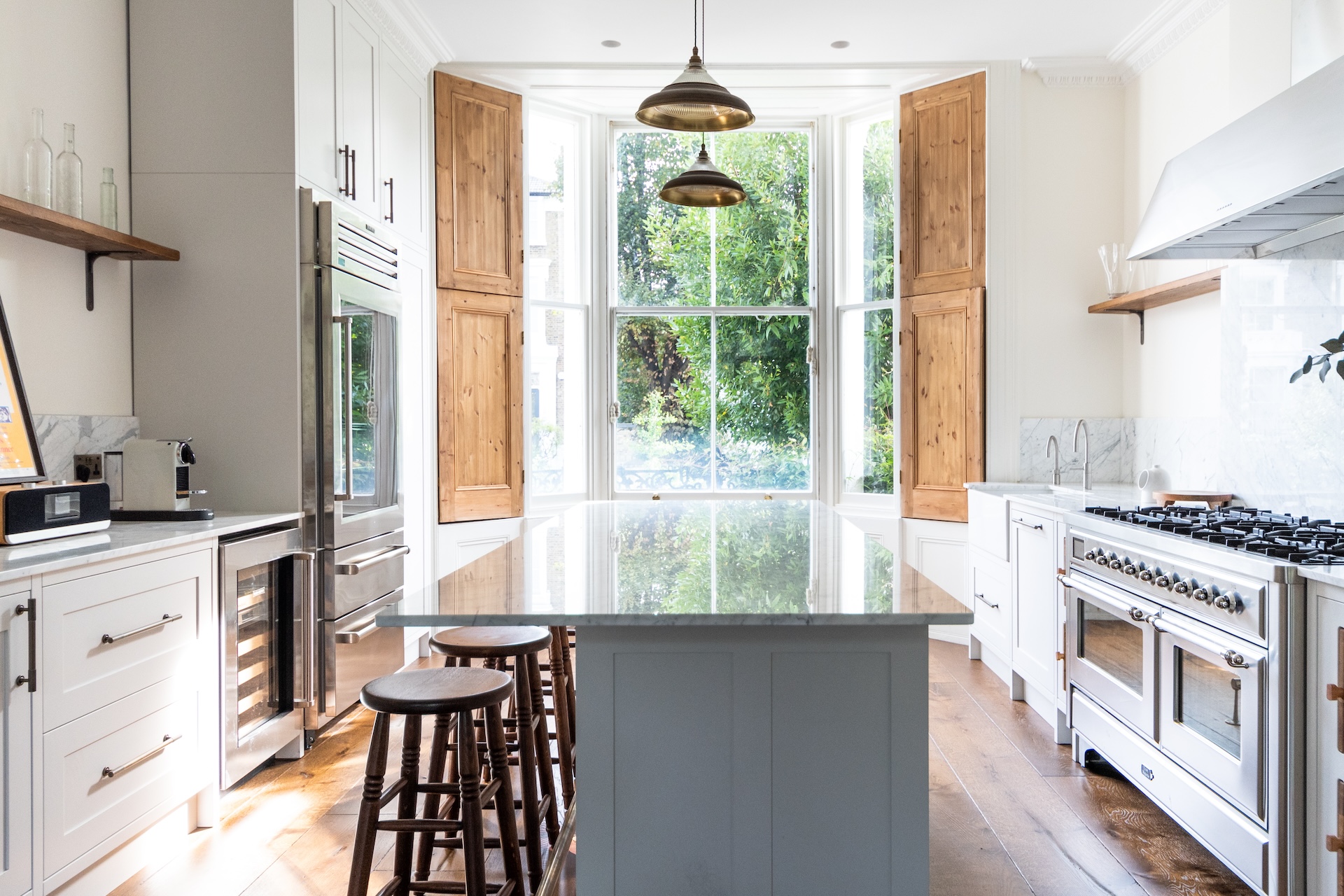When choosing between materials like wood, concrete, natural stone, or stainless steel, the worktop you select will have a significant impact on both the style and functionality of your kitchen. The overall look you’re aiming for, whether it’s a sleek, modern finish or a more rustic, aged appearance, plays a crucial role. Additionally, the demands of your kitchen—whether it’s a bustling space for a large, active family or a quieter environment for just a few—will influence the durability and size requirements of your worktop.
When selecting the right kitchen worktop, it’s important to take your time and carefully consider your options. A well-chosen worktop not only revitalizes a worn-out kitchen but can also enhance the overall value of your home. Each type of worktop offers distinct benefits and drawbacks, so it’s essential to identify which one meets your specific needs and complements your lifestyle before making a commitment. Since the kitchen is a central and vital space in any home, ensuring that your worktop choice is perfect is crucial for both aesthetic and practical reasons.
This guide provides an overview of the top materials for work surfaces, helping you make a well-informed choice for your kitchen.
MARBLE
Marble exudes sophistication and classic glamour, standing out as nature’s most elegant and tactile stone. Its unique beauty and distinctive appeal are unmatched, despite its delicate nature compared to granite. With a more open grain, marble often works best as a feature section of a worktop combined with other materials, allowing you to incorporate its luxurious feel while enhancing functionality. The cool surface of marble makes it especially advantageous for cooking and baking, offering both a touch of opulence and practical benefits in the kitchen.
Pros: Marble brings an impressive visual appeal with its extensive variety of patterns and hues, making each slab distinct.
Cons: It is fragile and can be easily stained by red wine or citrus juices. Marble is also prone to scratches and is difficult to repair. Furthermore, it doesn’t withstand heat as well as granite or quartzite.
WOOD
Natural wood varieties like oak, maple, walnut, and iroko bring a timeless charm and texture to kitchen spaces, making them a favored choice. While it’s possible to sand out imperfections, this method should generally be avoided unless the wood is freshly installed. Sanding can create uneven spots that might look patchy. For significant damage, using a cabinet scraper to renew the entire surface is usually more effective. Finger-stave surfaces, made from smaller planks glued together, offer a cost-effective way to incorporate wood into your kitchen.
Pros: Wood is naturally antibacterial, relatively easy to install, and can be repaired with minimal effort. When properly maintained with frequent oiling, it remains both resilient and visually appealing.
Cons: Wood surfaces can be easily damaged by heat, scratches, and stains, and they are not particularly water-resistant. They are considered less durable compared to other materials and need to be oiled a few times annually with a thin layer of teak or similar oil to maintain their condition.
CONCRETE
Concrete offers a striking industrial aesthetic that has gained popularity in modern kitchen design. Available in a broad spectrum of colors beyond the classic grey, concrete can be custom-shaped to wrap around pillars or incorporate sinks. However, it is not the most resilient material and requires expansion joints, making its primary appeal visual rather than functional.
Pros Concrete brings a bold, edgy element to traditional designs, allowing for creative customization. It can be shaped into various forms and is repairable, with the ability to be sanded or stripped to eliminate stains. Over time, concrete hardens and gains durability, and it seamlessly extends from indoor countertops to outdoor areas like patios.
Cons: Choosing concrete for your worktop means enduring a significant installation period. Concrete is usually poured directly on-site (although pre-formed sections can be created for simpler designs), and the curing process can take several weeks before the surface is usable. It is prone to staining and requires regular maintenance with a penetrating sealant every six to eight months to preserve its look.
STAINLESS STEAL
Recently, stainless steel has gained significant traction, largely due to its alignment with the rising trend of industrial interiors and the increasing passion for home cooking. Although highly durable, stainless steel is not completely immune to wear and tear. It can scratch and develop a patina over time, but many people appreciate the unique character these changes bring.
Pros: Stainless steel provides a sleek, modern look and boasts excellent durability and cleanliness. It resists stains and can be customized into various shapes and sizes, including integrated sinks and splashbacks.
Cons: Keeping stainless steel pristine requires considerable effort, as it easily shows grease and fingerprints and is prone to scratching. While light scratches can be polished away, the material can also dent, though the underlying substrate, typically plywood, helps reduce this issue.
QUARTZITE
Quartzite is a natural stone predominantly made of quartz, with its color and patterns influenced by trace amounts of other minerals. It differs from engineered quartz, which is a man-made composite.
Pros: Quartzite boasts distinctive natural veining and swirls, resembling marble but with better stain resistance, making it a more practical option. It offers a variety of stylish neutral colors, including many shades of grey and white, and is even more robust than granite.
Cons: It requires periodic sealing, typically every few years. Additionally, options in darker hues are relatively limited.
GRANITE
Granite is a top pick for countertops, known for adding a touch of sophistication to any kitchen. Its extensive variety of colors and patterns ensures that each surface is distinctive, making it suitable for both modern and classic styles. Whether you prefer a glossy finish or a matte look, or a combination of both, granite can deliver.
Pros: Renowned for its toughness, granite resists heat and mold effectively. It is often more cost-effective compared to engineered stones and composite materials.
Cons: Granite is porous, requiring regular sealing—ideally every six months—to prevent stains. Its substantial weight demands strong, supportive cabinetry, and once damaged, it cannot be repaired.
COMPOSITE QUARTZ
This engineered stone is a crafted material consisting of roughly 96% crushed quartz blended with resin. Notable brands in this category include Caesarstone and Silestone.
Pros: This stone offers a vast selection of around 100 colors and various finishes. It is much more durable than granite, being up to five times harder, and its non-porous surface makes it easy to maintain. Engineered stone is resistant to both stains and chips, and its consistent coloration makes it perfect for large countertops.
Cons: Due to its resin component, placing hot items directly on the surface can cause damage. Any burns or other types of damage are not repairable.
SINTERED STONE
Discover the next level in surface durability and sustainability with ultracompact materials, such as Neolith and Dekton by Cosentino. These cutting-edge surfaces are created by subjecting natural oxides to extreme heat and pressure, combining ceramic and porcelain in a high-temperature fusion to produce exceptionally strong and resilient stone.
Pros: These surfaces are remarkably tough, non-porous, and highly resistant to scratches, impacts, and heat. They are available in large-format panels, allowing for expansive, seamless installations. Neolith offers a broad selection of colors and textures, including high-quality marble imitations, while Dekton presents a refined range of neutral, earthy, and metallic finishes.
Cons: The design of overhangs, like those found on kitchen islands or bar tops, is limited to a maximum of 150mm. The complexity of installation can pose challenges due to the specialized skills required, and there are fewer fabricators experienced with these materials. Additionally, polished finishes are more vulnerable to scratches, and these surfaces tend to be more expensive than natural stone or composite quartz alternatives.
CORIAN SOLID SURFACES
Corian remains a prominent choice for many design projects due to its exceptional capacity for 3D shaping. Made from a blend of quartz and resin, this engineered material offers a sleek and durable surface available in an extensive array of colors. Its satin finish, combined with nearly invisible seams—thanks to various colored adhesives—makes it ideal for applications involving long countertops or intricate configurations such as L- and U-shaped designs. Corian is also user-friendly when it comes to upkeep; minor scratches can be easily buffed out with a product like Vim.
Pros: Corian is incredibly tough, sanitary, and easy to maintain. Its adaptability allows it to be molded into virtually any shape, including custom sinks and upstands. The uniform color throughout means features like draining boards can be carved directly into the surface.
Cons: Darker hues may not be the best choice for kitchen use, as scratches can be more visible. The area surrounding sinks may experience discoloration or potential cracking over time. While it cannot endure direct contact with hot pans, embedding metal bars into the surface can provide a protective trivet.
COPPER
Copper is an elegant choice that can bring a touch of warmth to a contemporary kitchen or provide a distinctive edge to a classic design. While copper worktops have been a staple in UK restaurants, they are increasingly finding their place in residential kitchens. This material mimics the warmth of wood but eliminates issues such as ring marks and can handle hot pots and pans directly. Although exposure to water can cause oxidation, this can be easily cleaned with a damp cloth. As a dynamic material, copper will naturally evolve and develop a unique patina over time.
Pros: Copper boasts natural antibacterial properties and is straightforward to clean. Regular maintenance involves wiping it down with soapy water and polishing with baby oil to maintain its shine. For a deeper clean, lemon juice can be used, although it might gradually erode the metal’s antibacterial qualities. Copper can be crafted into long, seamless stretches of up to 20 meters without visible joins.
Cons: Keeping a pristine, bright copper finish can be difficult to achieve. The softness of the metal makes it prone to denting, though a plywood base can mitigate some of this damage. Furthermore, copper sheets wider than 95 cm are not currently available in the UK, which poses a challenge for creating large, seamless surfaces like kitchen islands.

